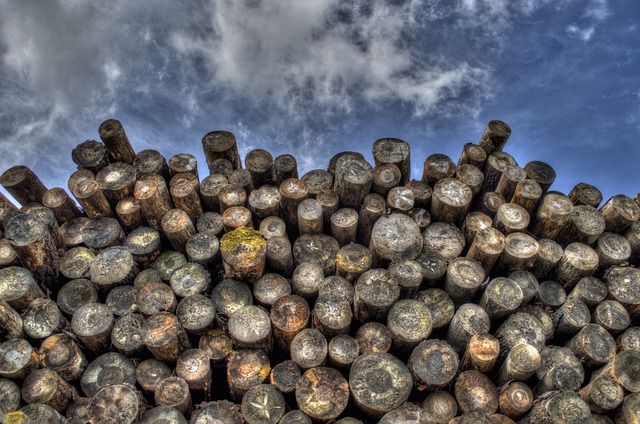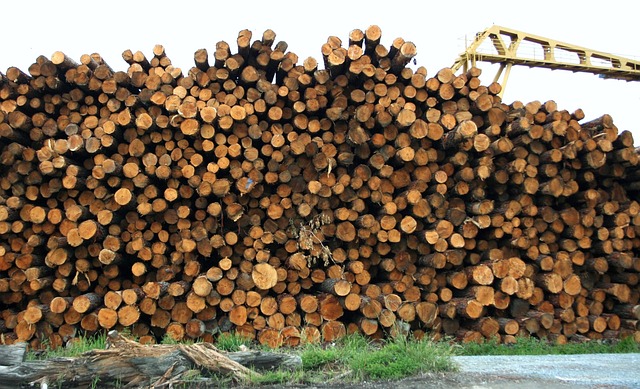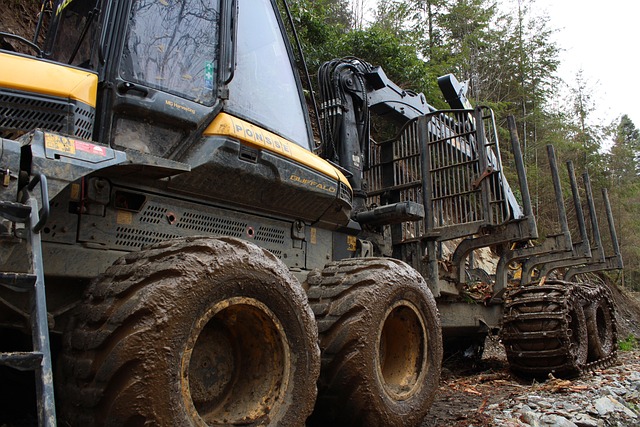Lane County's timber industry boomed in the late 19th and early 20th centuries under powerful timber barons who controlled vast lands and established numerous sawmills. This period brought economic prosperity but also significant environmental degradation. Today, the Lane County logging history continues to shape the local economy through a workforce engaged in evolving forest management practices while preserving natural resources for future generations. The industry transitions from historic timber barons to modern sustainable forestry, adapting to stricter regulations and shifting consumer preferences in a global market.
“Lane County, Oregon, boasts a storied past in the timber industry, marked by profound historical shifts. From the early days of logging and mill operations to the rise of influential timber barons, each era has left an indelible mark on the region’s economy and landscape. This article explores these transformations, delving into the evolution of forest management practices, changes in the workforce dynamics from loggers to sawmill employees, and contemporary challenges and adaptations shaping the industry today, all within the context of Lane County’s unique timber history.”
- Early Logging and Mill Operations in Lane County
- Rise of Timber Barons and Their Impact
- The Evolution of Forest Management Practices
- Workforce Dynamics: From Loggers to Sawmill Employees
- Contemporary Times: Industry Adaptations and Challenges
Early Logging and Mill Operations in Lane County

In the late 19th and early 20th centuries, Lane County emerged as a prominent hub for the timber industry in Oregon. The rich forests of this region attracted entrepreneurs and loggers, who established numerous sawmills across the county. These mills became the backbone of the local economy, employing a dedicated workforce cut from the very trees they harvested. The timber barons of Lane County, as they were known, amassed significant wealth through the exploitation of the vast, unspoiled forests, driving the county’s growth and prosperity.
The logging history in Lane County is characterized by intensive forest management practices that had a profound impact on the region’s ecosystem. With the increasing demand for timber, especially during World War II, the industry experienced a boom. However, this period also witnessed the beginning of environmental concerns as locals and activists started to recognize the detrimental effects of unchecked logging on the county’s natural heritage. These early logging operations laid the groundwork for the ongoing evolution of the Lane County timber industry, shaping its future while also presenting challenges related to sustainability and conservation.
Rise of Timber Barons and Their Impact

In the late 19th and early 20th centuries, Lane County witnessed a surge in its timber industry, marked by the rise of powerful timber barons. These industrialists controlled vast tracts of land, including the lush forests that had long sustained indigenous communities. They established Oregon sawmills throughout the county, driving rapid deforestation and transforming the landscape. The influx of Lane County logging history brought both economic prosperity and significant environmental degradation.
The timber barons shaped Lane County’s economy and workforce, employing thousands of local residents in forest management and lane county timber harvesting. However, their dominant role also led to unsustainable practices, where profit trumped conservation. The clear-cutting of forests and the depletion of resources left a lasting impact on the environment, setting the stage for modern discussions around sustainable forestry and conservation efforts in Lane County.
The Evolution of Forest Management Practices

The historical landscape of Lane County, Oregon, has been profoundly shaped by its timber industry, which experienced significant evolution in forest management practices over time. In the early 20th century, the county became a hub for logging activities, with powerful timber barons controlling vast tracts of land and employing a dedicated workforce in Lane County logging history. Sawmills flourished, contributing to the region’s economic growth driven by its abundant natural resources.
As environmental consciousness grew, so did the emphasis on sustainable forest management. This shift led to more regulated practices, where careful planning and conservation efforts became integral to the industry. The once-dominant timber barons had to adapt, transforming their operations to meet new standards while ensuring the longevity of the county’s precious forests. Today, Lane County’s timber workforce continues to play a vital role in shaping its economic and environmental future through these evolving forest management techniques.
Workforce Dynamics: From Loggers to Sawmill Employees

The dynamics of the workforce in Lane County’s timber industry have evolved significantly over its history. Initially dominated by independent loggers who carved out their own paths in the dense forests, this sector transitioned into a more structured model as large-scale timber barons emerged. These industrialists established powerful sawmills and logging operations, attracting workers from various backgrounds to meet the growing demand for Oregon’s valuable timber resources.
The rise of these timber barons led to the consolidation of labor, with many individuals finding employment in the well-organized mills rather than engaging in independent logging. This shift not only changed the nature of work but also brought about a more diverse workforce, comprising skilled sawyers, mill operators, and various support staff, all contributing to the efficient management and extraction of Lane County’s timber wealth.
Contemporary Times: Industry Adaptations and Challenges

In contemporary times, the Lane County, Oregon timber industry has been navigating a landscape vastly different from its historical peak. The once dominant force in the region, characterized by powerful timber barons and bustling sawmills, now faces significant challenges and adaptations. The industry’s traditional reliance on extensive logging practices has led to a growing awareness of the need for sustainable forest management. This shift is crucial as Lane County’s residents and environmental advocates push for preservation and responsible use of the region’s natural resources.
The modern timber industry in Lane County is grappling with reduced log supply, a direct consequence of more stringent environmental regulations and changing consumer preferences. Once robust forests have been subject to careful planning and selective cutting, aiming to maintain a healthy ecosystem while ensuring a sustainable timber workforce. These adjustments demand advanced technology, innovative logging methods, and a deeper understanding of ecological balance, all while competing with the global push for alternative building materials.
